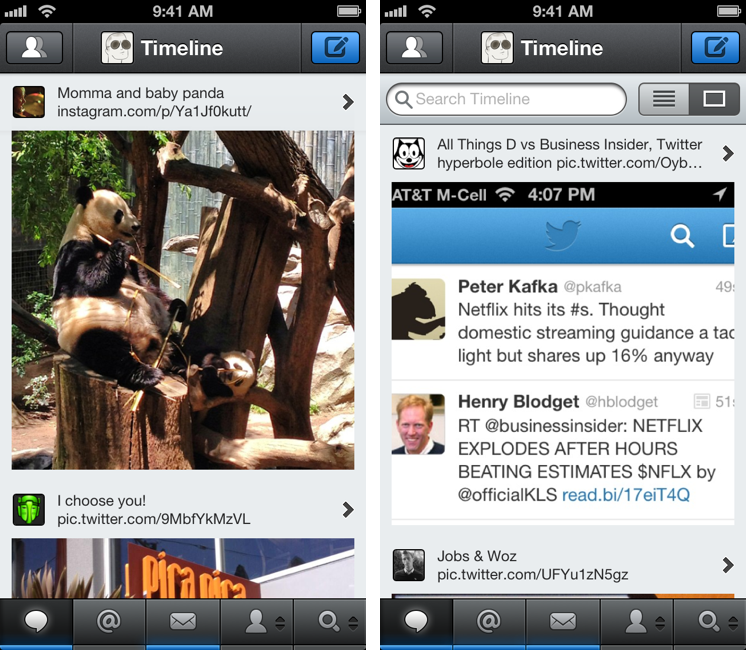Interesting update to Apple’s often overlooked HTML5, CSS3, and JavaScript authoring tool for iAds: you can now create iBooks Author widgets, iTunes Extras, and iTunes LPs, alongside regular iAds.
You can create an iBooks Author widget for use in your iBooks Author projects. For example, you can create a widget that allows users to stream video from the Internet, draw using their finger, or interact with a timeline.
More information about iBooks Author support in iAd Producer 4.0 is available here. You can also find documentation for all the new features on the app’s official support page.
iAd Producer was first released in December 2010.



